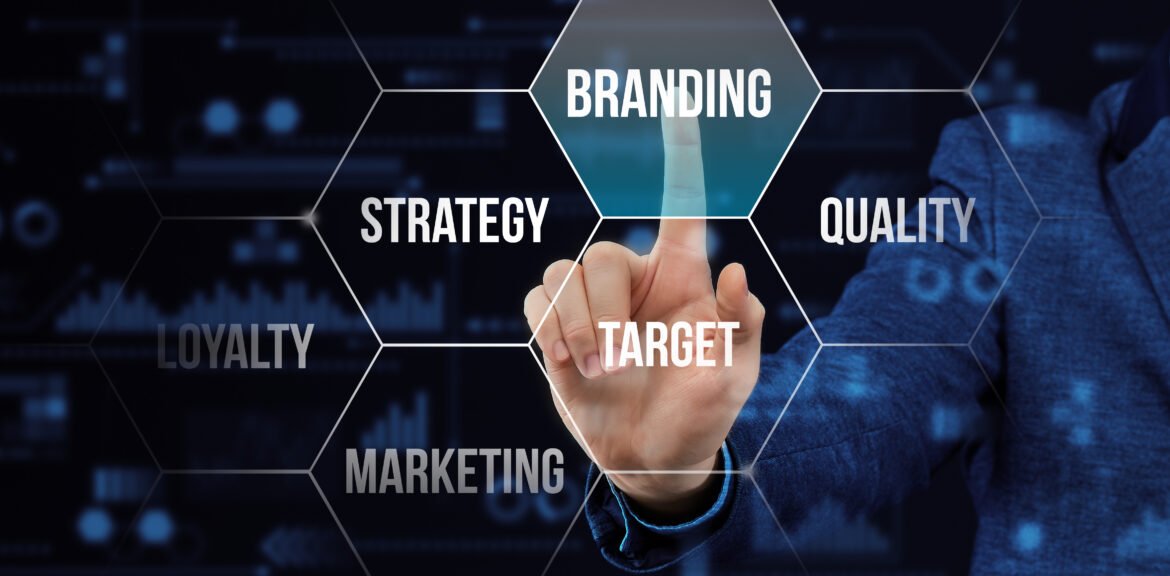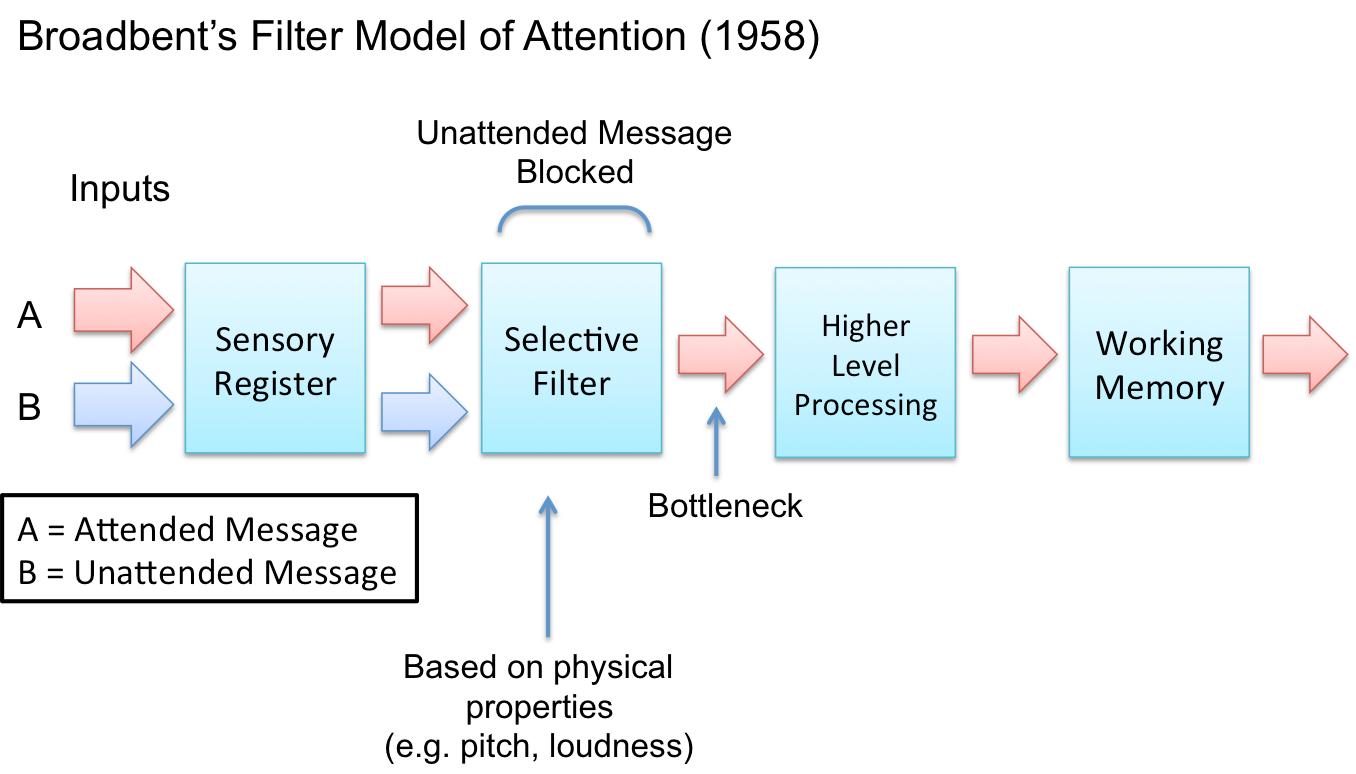
Introduction
In the ever-evolving advertising landscape, brands often find themselves caught between two opposing strategies: long-term brand building and short-term sales activation. Marketers are frequently pressured to demonstrate immediate ROI, which leads to a disproportionate focus on tactical campaigns that drive conversions. However, effective brands understand that sustained growth requires a balance of both.

Simon Broadbent’s Ad Pulse Model provides a structured approach to achieving this equilibrium, emphasising the need for consistent, rhythmic advertising that combines brand reinforcement with periodic, high-impact bursts of promotional activity.
This article explores how the Ad Pulse Model works, why it is critical for sustainable growth, and real-world examples of brands that leverage this strategy successfully.
Understanding Simon’s Ad Pulse Model
Broadbent’s Ad Pulse Model suggests that advertising should not be a continuous, monotonous stream of messaging or entirely reliant on sporadic, high-intensity campaigns. Instead, it advocates for a pulsing approach, where brands alternate between baseline brand-building efforts and short-term activation campaigns.
The model outlines three key advertising rhythms:
- Always-On Brand Building – Continuous, long-term campaigns designed to reinforce the brand’s presence, trust, and emotional connection with consumers.
- Strategic Pulses – Periodic bursts of high-intensity marketing activity (promotional offers, seasonal campaigns, new product launches) designed to generate immediate action.
- Recovery & Reinforcement – The interval between bursts, where the brand maintains a steady level of awareness without overspending.
Why is this important? Because brands that rely solely on short-term activations burn out quickly, while those that only focus on brand-building risk fading into the background without driving sales.
The Science Behind the Model: How It Impacts Brand Growth
1. The Relationship Between Memory and Advertising Effectiveness
Broadbent’s model is rooted in consumer psychology. Brand memory decay rates suggest that consumers tend to forget advertising messages over time unless they are reinforced. Pulsed advertising accounts for this by ensuring that messages are refreshed regularly, preventing the brand from becoming stagnant in consumers’ minds.
Example: Coca-Cola does not solely rely on one-off Super Bowl ads or seasonal holiday campaigns. Instead, it invests in year-round branding with strategically placed high-impact campaigns—such as its Christmas truck commercials—ensuring a mix of sustained visibility and peak engagement periods.

2. Balancing Emotion and Activation
Long-term brand-building campaigns focus on creating an emotional connection (Nike’s “Just Do It” or Apple’s brand ethos). Meanwhile, tactical campaigns are geared toward activating a response—limited-time offers, discounts, or product launches.
Example: Adidas runs general-purpose, brand-building campaigns featuring athlete endorsements throughout the year while using tactical digital ads to push limited-edition product drops, ensuring brand affinity and immediate conversions.
3. ROI Optimization: Why Pulse Advertising is More Cost-Effective
A continuous advertising presence requires significant investment. However, using a pulsed approach allows brands to optimise media spend by increasing visibility when it matters most and scaling down during periods of low consumer intent.
Example: Amazon intensifies its advertising efforts during key shopping periods like Prime Day and the holiday season while keeping a steady stream of product-centric, lower-intensity ads year-round.
Applying the Ad Pulse Model to Modern Digital Campaigns
While Broadbent’s model was initially developed in the context of traditional media, its principles apply seamlessly to digital marketing:
- Social Media Strategy: Brands like Netflix use an always-on content strategy for engagement but launch high-intensity campaigns around new series or film releases.
- Email Marketing: E-commerce brands maintain a baseline of weekly email newsletters but introduce high-engagement pulses around Black Friday, flash sales, or product launches.
- SEO & Content Marketing: Thought leadership content remains consistent, but peak publishing frequencies align with algorithm updates or trending topics.
Pro Tip: Brands should analyse audience behaviour and sales cycles to determine optimal pulse timing. Google Trends, historical analytics, and customer purchase patterns can guide this decision.
Key Takeaways for Marketers
- Advertising should be rhythmic, not static. A well-balanced strategy consists of long-term brand-building paired with high-intensity activation moments.
- Memory retention is key. A brand that does not reinforce itself consistently risks being forgotten, while over-saturation can lead to ad fatigue.
- Optimising for cost efficiency is essential. Pulsing allows for maximum impact while reducing unnecessary ad spend.
- Ad Pulse works across platforms. Whether through traditional media or digital marketing, brands must maintain a healthy balance of brand storytelling and performance marketing.
Conclusion
Simon Broadbent’s Ad Pulse Model remains one of the most effective frameworks for balancing long-term brand-building with short-term sales activation. It acknowledges that while consumer attention is fleeting, strategic reinforcement ensures that brands remain top-of-mind, relevant, and commercially effective.
Successful brands today are not just loud; they are strategic in their rhythm. The key is knowing when to maintain presence and when to pulse at full intensity.
Ready to refine your brand’s ad strategy? Let’s talk.



